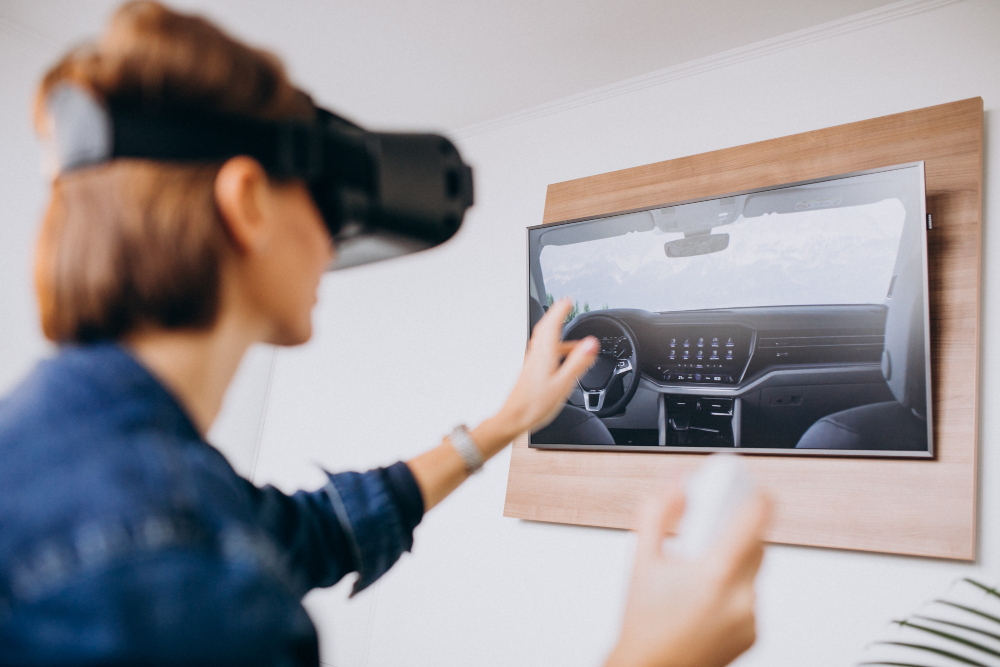Augmented Reality (AR) is a revolutionary technology that blends the virtual world with the real world, creating a seamless and interactive experience for users. With AR, digital elements are superimposed onto the physical environment, enhancing our perception of reality and transforming how we interact with the world around us. In this article, we delve into the fascinating world of Augmented Reality, exploring its applications, impact, and potential for the future.
How Augmented Reality Works
AR technology relies on a combination of hardware and software to superimpose digital content onto the real world. Through the use of cameras, sensors, and advanced algorithms, AR-enabled devices recognize and track objects or surfaces in the environment. Virtual elements, such as images, text, 3D models, or animations, are then precisely placed and anchored to these real-world points.
Augmented Reality vs. Virtual Reality
AR is often confused with Virtual Reality (VR), but they are distinct technologies. While AR overlays digital content onto the real world, VR immerses users entirely in a computer-generated virtual environment. AR enhances reality, whereas VR replaces it, making AR ideal for applications that require interaction with both the physical and digital realms.
AR in Entertainment and Gaming
One of the most popular applications of AR is in entertainment and gaming. AR games, like Pokémon GO, have captivated millions of users, as players hunt for virtual creatures overlaid onto their real-world surroundings. AR is also used to enhance live events, allowing spectators to access additional information or visual effects in real-time.
AR in Education and Training
AR has transformed education and training by providing immersive and interactive learning experiences. Students can explore historical sites through AR tours, study anatomy by examining 3D models, and visualize complex concepts in science and mathematics.
AR in Retail and Marketing
AR is reshaping the retail and marketing landscape. Virtual try-on technology allows customers to “try on” clothing or accessories without physically wearing them, enhancing the online shopping experience. AR also enables businesses to create engaging and interactive marketing campaigns, immersing customers in brand experiences.
AR in Healthcare and Medicine
In the medical field, AR is used for surgical planning, medical training, and patient education. Surgeons can visualize internal structures during procedures, medical students can practice virtual surgeries, and patients can better understand their medical conditions through interactive AR simulations.
Future Possibilities: AR and Everyday Life
The potential of AR extends far beyond its current applications. As technology evolves, AR could become seamlessly integrated into our daily lives. AR glasses or contact lenses might provide real-time information, navigation guidance, or language translation, enhancing human capabilities and changing the way we perceive and interact with the world.
The Augmented Reality Revolution
Augmented Reality is a transformative technology that blurs the boundaries between the real and virtual worlds. Its applications span diverse fields, from entertainment and education to healthcare and retail. As AR continues to evolve and become more accessible, its potential for shaping the future of human experiences is boundless. Embracing the Augmented Reality revolution opens doors to a new dimension of reality—one where digital and physical realms converge, enriching our lives and expanding the possibilities of human imagination and innovation.




